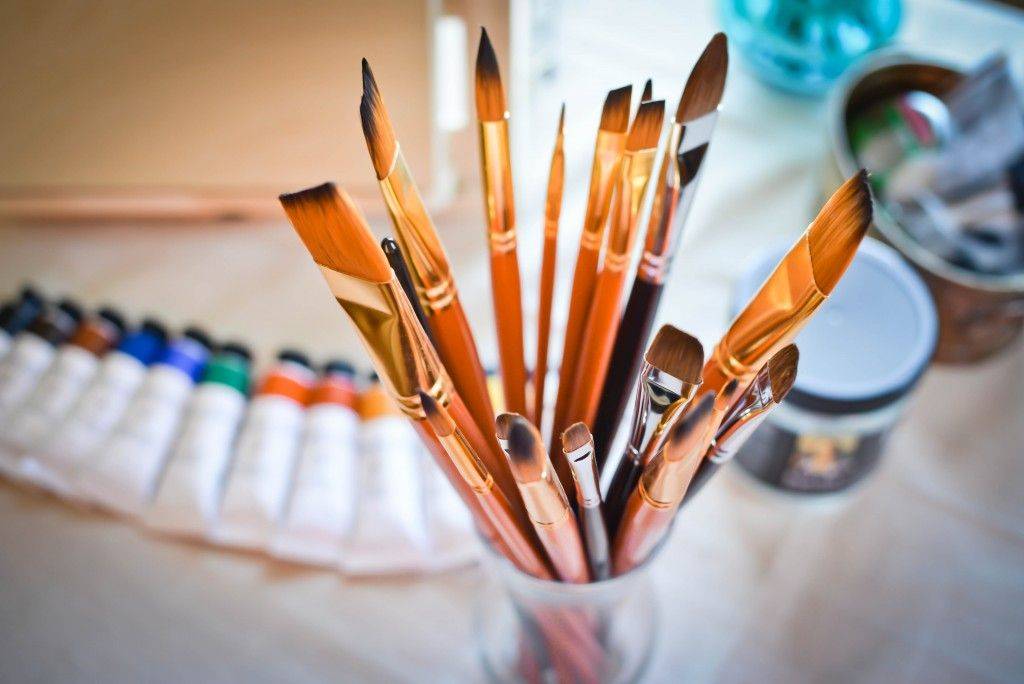
Choosing a watercolour brush A good watercolour brush will have good water retention properties and in addition maintain it’s shape adequately allowing for a fine brush stroke from the end. It is advisable to actually buy a small number of premium quality brushes than a huge number of those of a lesser class. Soft natural hair brushes are in general the perfect option for watercolour painting since they are naturally and also absorbent, that means they snap back into shape and take on a larger measure of paint, that means you don’t need to reload the brush as many times as with an artificial bristled brushes. Watercolor Paper Don’t be misled into believing that all watercolour paper is the same. Quite a few varieties of paper carry the tag “watercolor paper” but there are lots of different versions. There is certainly an assortment of thicknesses, and the colour white can vary greatly between slightly grey, cream and brilliant white. The thinner the paper the further it will buckle when wetted. The more paint you start using and the thinner the piece of paper, the significantly greater the chance is that the sheet is going to buckle. Stretching the paper beforehand would solve this concern. There are several methods of stretching watercolour paper, however almost all begin with 1st dipping the paper in luke warm water and resting flat to dry while also under tension. Making the colour right Watercolour paint is likely to look considerably more intense the moment it is initially put on, whilst it dries out the vibrancy is shed considerably, leaving a significantly lighter, more muted result. Using a smaller amount water or simply over painting the dried layer will help you to attain the preferred strength, which is an issue you will quickly generate a general feel for once you start to become more practiced. Watercolour paint does however dry out quite rapidly, and that means you could always keep a scrap of paper on hand to experiment with to achieve the specific appearance that you are after before committing to your projects in progress. Don’t overlook that regardless if watercolour paint is dry you can actually revive it by re-wetting. This enables you correct mistakes, decrease colours perhaps even blend new colour. Do remember nevertheless, watercolour paint is see through, and that means you can’t over paint slip ups with ease. With the translucent characteristics of watercolour paint the true whites originate from the paper colour rather than the paint it’s self. For this very reason the usual advice presented would be to commence using the lighter colours and increase to the deeper and darker color selection, it is not a hard and fast directive though, make sure you play around and identify a process that work well for you and establish your own style. Frisket also called masking fluid can be a helpful method of being sure sections of white continue to be white. Apply the fluid on areas that you want to remain paper white, allow to dry after which it should hold off all watercolour paint which comes into contact with it. It dries a yellowy color so that you can effortlessly observe where you have applied it, and it is usually removed when wholly dry by pealing or rubbing. Each time use scrap paper to experiment 1st, it could actually soak into certain very soft papers that make it not possible to eradicate without damaging the papers surface.
